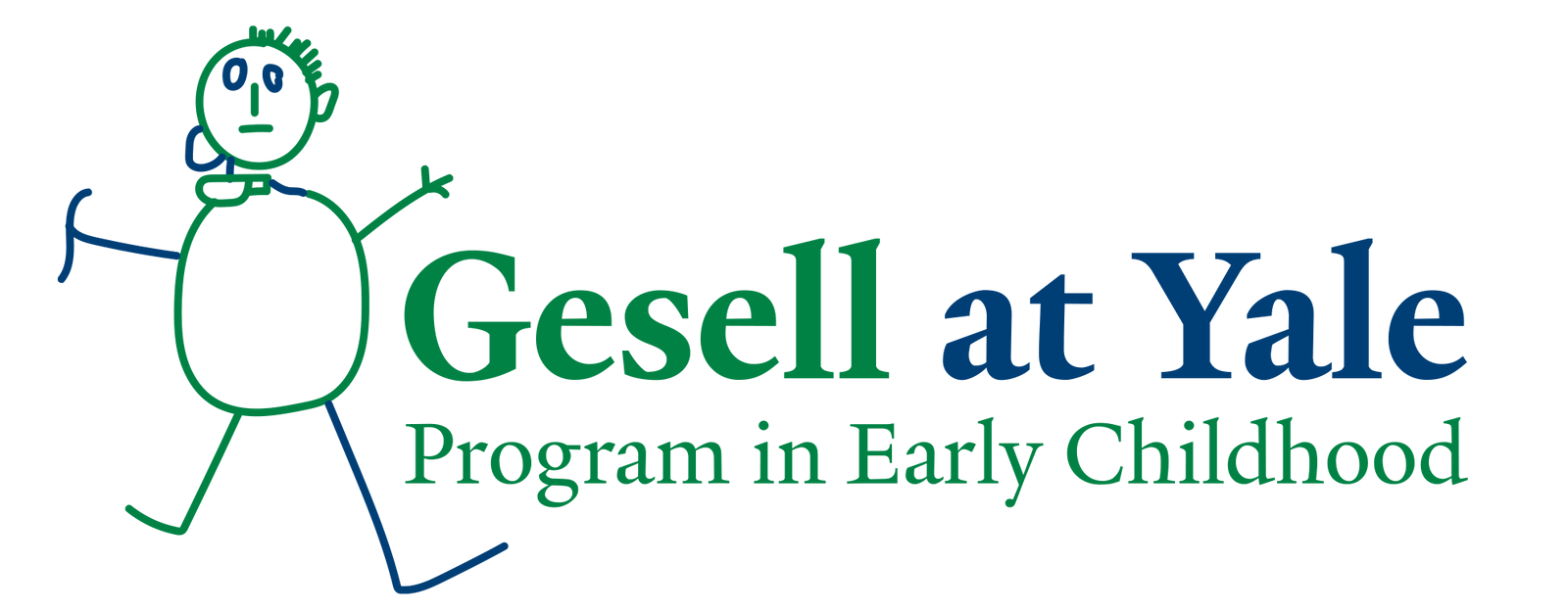Our History
Dr. Arnold Gesell
Nicknamed “The Father of Child Development”, Dr. Arnold Lucius Gesell spent his life observing and attempting to better our understanding of the development of children. Dr. Gesell made numerous innovative and invaluable contributions to the science of human development. Dr. Gesell was a renowned researcher and the first recognized school psychologist, studying at multiple universities under influential thought leaders such as G. Stanley Hall. Additionally, Dr. Gesell received an MD from Yale University in 1915. Dr. Gesell would then stay on at Yale to found the Yale Clinic of Child Development, now known as the Yale Child Study Center. He spent 37 years at Yale before retiring to lead the Gesell Institute of Child Development, and did so until his death in 1961.

Gesell Foundational Research
- Gesell’s Theory of Maturation Dr. Gesell theorized through his observational research in the 1920’s that the sequence and pattern by which all children develop is uniform. He recognized that environment, individual heredity and temperament could influence the pace and impact the way each stage presented itself in an individual child, but those factors could not detour the order in which they occur, which remained constant for all children.
- Landmark National Study During his time at the Yale Child Study Center, Dr. Gesell conducted an unprecedented and expansive study including over 10,000 children. Observations of verbal, motor, social, emotional and cognitive development were recorded and served as the basis of the Gesell Developmental Schedules. These Schedules served as the foundation for what is now known as the Gesell Developmental Observation-Revised.
- Gesell Developmental Schedules This set of normative child development milestones is based on data collected during Gesell’s national study. The schedules lay out the pattern, sequence and path of development for all children. While each child’s heredity, environment and temperament may affect the chronological age at which they reach each stage of development, Gesell demonstrated through research that the sequence of stages remains constant. The schedules have been modified over the years to reflect new research, but its key principles have remained strikingly consistent across decades and generations of children. These basic principles have and will continue to act as a guide for the modernized assessment tool, the Gesell Developmental Observation-Revised (GDO-R).
-
Innovative Methods Not only did the magnitude of Gesell’s studies make important advances in the science of child development but the manner in which he conducted his observations of children also became revolutionary to the field. Using one-way viewing screens allowed observers to continue their work while minimizing their influence on the choices or actions of the child. Alongside the one-way viewing screens came motion picture recording and the use of the Gesell Observation Dome. This dome, lined with one-way screens, allowed researchers to move about freely without disturbing the child and also provided space for motion picture cameras in a 360° radius around the subject. The use of cinematographics was wholly new at the time and proved invaluable in the instance of recording the movements of a child which Gesell believed to be a crucial aspect of accurately recording and reflecting on the whole child.

